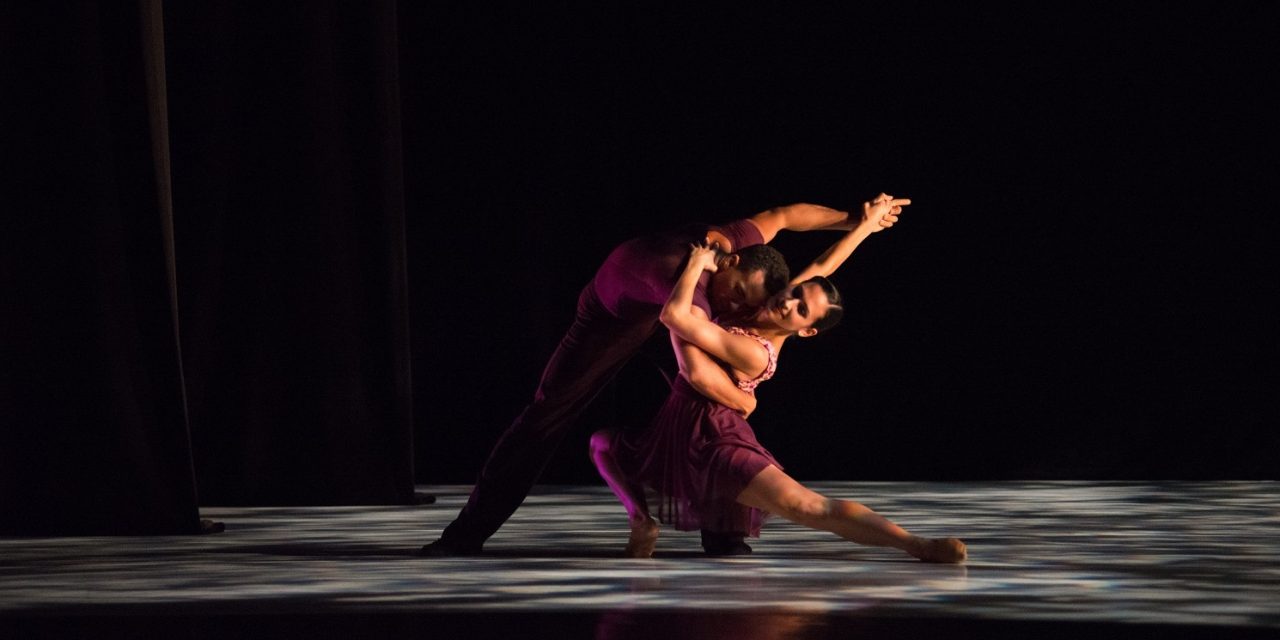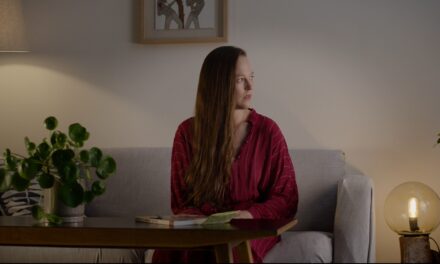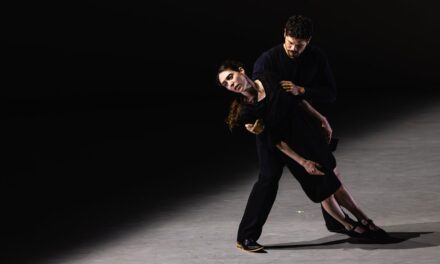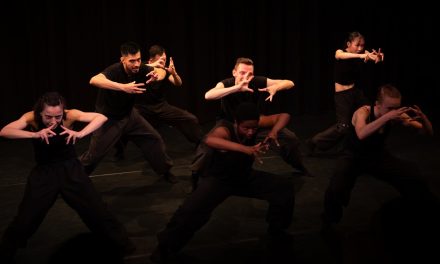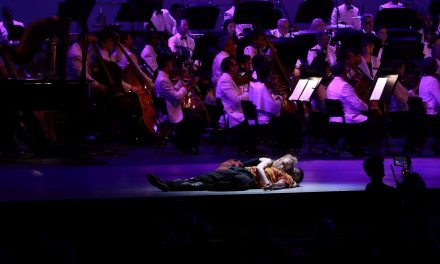On Wednesday, August 5, 2020, at 4:00pm PST, 7:00pm EST, the astute Eduardo Vilaro, Artistic Director of Ballet Hispánico (BH) gifted dance audiences with the spicy, challenging and historic “Cada Noche …Tango” by Argentinian born, Broadway choreographer, Graciela Danielle. The piece takes place around 1920’s – 30’s in a brothel near the port city of Buenos Aires, which beckoned to lonely workers just landing in a strange city. Danielle based the work on the literary short stories of the brilliant Jorge Luis Borges’ “The Intruder” and “Streetcorner Man” as it’s subtext. She was reinforced by the wisdom of the founder of BH, Tina Ramirez, and examined the many aspects, passions, loves and triangles of the evening. In particular, the tale of two brothers vying and fighting for a young woman, the “Intruder” who finds herself alone and hungry for the goings-on inside the forbidden place. The spirit of the work swirls around the intrigue and passion of the various stories of the “procurers” and floats over the searing strains of Astor Piazzola’s driving and lilting Tango music.
Cada Noche…Tango premiered in 1988 at New York City’s Joyce Theater. Even though it has been 32 years since the first performance, the piece is so well crafted and defined that it loses little in its contemporary and scorching message, with some caveats. Because this was a film, the wish was to be able to move nearer to take a closer look at the characters of the story. The film was shot, one camera, in a long shot to encompass the action of the entire company and the space of the stage, with dark and cutting dramatic lighting which made it necessary to at times re-examine the action to completely view sections. And secondly, because it represented a way of life in the brothels that dealt with sexism, rape and violence, seen in today’s eyes, it was wisely taken up by the panel in Cocktails and Choreography.
“Tango’s” opening, melancholia whispering, Tango every night, creates a curiosity and need to move nearer to the happenings. Dancers leaning, slithering across the floor, with a filigree of sacadas, and gauchos, the couples sometimes countering each other, sometimes in unison, yet holding back and controlling the need and passion of the evening. Machismo is abounding with subtle Zapateado (footwork) creating the expectations and excitement that something is about to happen. And, that it does, with some of the most exciting dance-drama and structure to take place, even today.
The question is, is it just another night as the translated title says, “Tango Every Night?” Or will this night be different? The pas de deux (dance for two) between two brilliant tango gauchos, thrill seeking bourgeoise, nuances between hetero and same sex partners, the knife and whip fight between jealous friends/brothers, the ménage e trois, with comely leggy women distracting and vying for dominance over their dominators, is a lesson in power… even today.
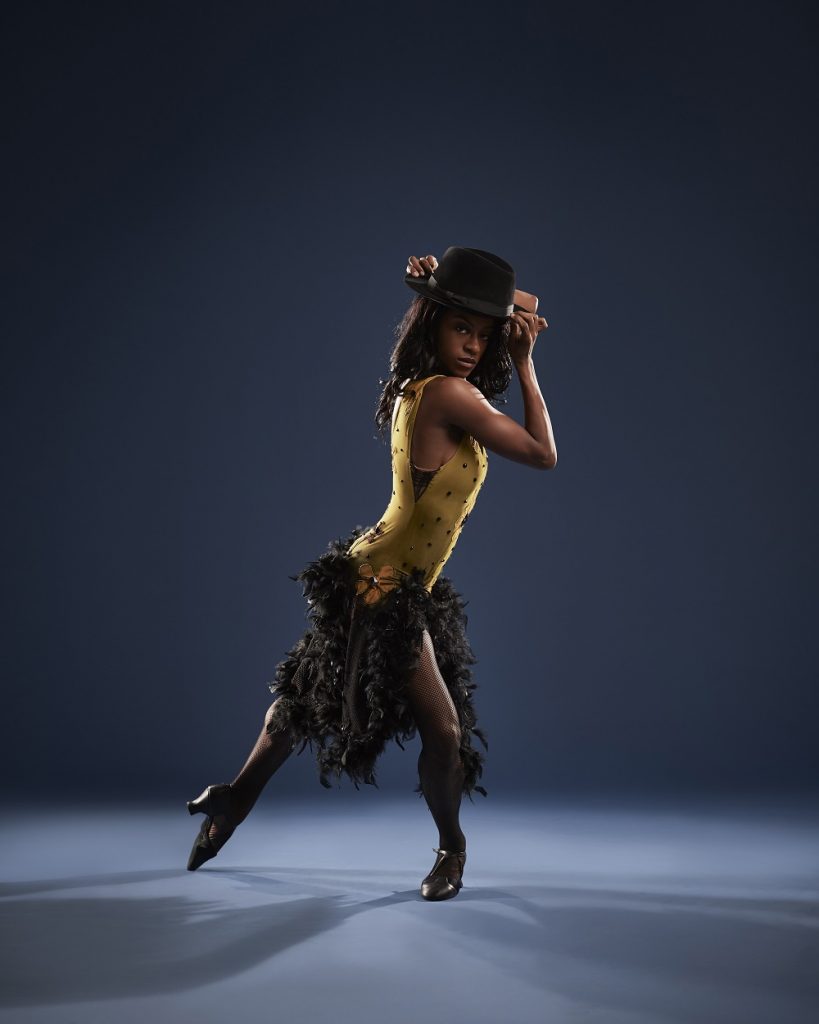
Ballet Hispánico – “Cada Noche…Tango” choreography by Graciela Danielle – Photo courtesy of the company.
Vilaro invited the online audience to join together for a “Watch Party” and Panel, called Cocktails and Choreographers. It was because of Vilaro’s continued spirit of creativity, living above the limitations of Covid 19 that such a project occurred on Instagram, Facebook and Twitter, allowing the audience to take a new look at this stunning piece.
The guests were the former dancers of the original piece; Nancy Turano (dancing with BH from 1985-1993) who played the “Stranger,” or as Borges wrote, “The Intruder”, with winsome sensuality; Jose Costas (1986-1994), and Eduardo Vilaro (and the missing Pedro Ruiz) played the two buddies (brothers) with such power, style and charm; Kathryn Ross-Nash (1982-1992) was the long lithe woman in green, and Justine DiCostanzo (1988-89) played the spirited woman in yellow.
The evening allowed audiences to hear the original stories and memories of the growth not only of “Cada Noche…Tango,” but the dancers’ own artistic journeys. The choreographer’s integrity imbued the young dancers’ bit by bit with the sumptuous character strengths and flaws and allowed them to plumb their own depths individually. Through the six weeks of exploration in rehearsals and then performances, Cada Noche…Tango birthed its brilliance on their debut at the Joyce in ‘88 and we now in 2020 have the opportunity to see the commitment this outstanding company gave to the piece. Historically and artistically it is an important artistic endeavor, worthy of checking out and preserving, as a gem for the future in dance. One would only hope that we can see it live someday soon.
To visit the Ballet Hispánico Facebook video page, click HERE.
To visit the Ballet Hispánico website, click HERE.
Written by Joanne DiVito for LA Dance Chronicle.
Featured image: Melissa Verdecia and Lyvan Verdecia in “Danzón”- Photo by Brooke Trisolini courtesy of Jacob’s Pillow Dance

